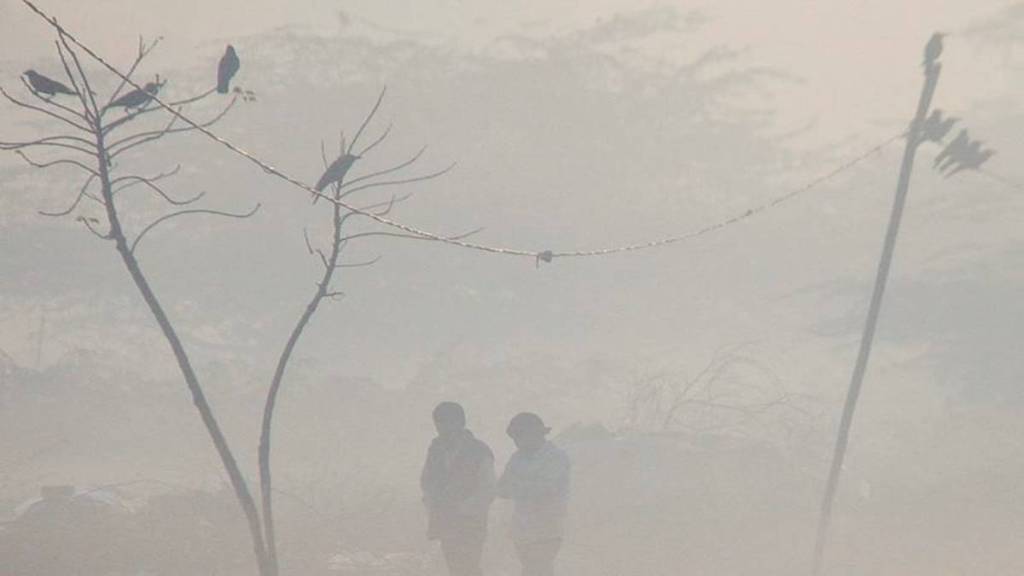Delhi woke up to early morning rain on Friday, December 27, providing a brief respite from the city’s biting cold and dust-laden environment. Despite the rainfall, air quality remained in the “very poor” category, with the Air Quality Index (AQI) recorded at 371 around 8 a.m., according to the Central Pollution Control Board (CPCB).
AQI Levels: A Persisting Concern
At 9 a.m., the AQI stood at 372, showing no significant improvement. On Thursday, December 26, the 24-hour AQI was recorded at 345 at 4 p.m., indicating a gradual but insufficient recovery from the ‘severe’ levels observed in previous weeks.
According to CPCB data, AQI readings across different parts of the city on Friday were as follows:
RK Puram: 410 (‘Severe’)
Patparganj: 401 (‘Severe’)
Punjabi Bagh: 384 (‘Very Poor’)
Rohini: 377 (‘Very Poor’)
Shadipur: 360 (‘Very Poor’)
Alipur: 340 (‘Very Poor’)
Air Quality Index (AQI) levels provide a clear measure of air pollution and its potential health impacts. An AQI between 0-50 is considered “Good,” posing minimal health risks. In the “Satisfactory” range of 51-100, air quality remains acceptable, with only minor issues for sensitive groups. Levels between 101-200, categorized as “Moderate,” can cause breathing discomfort for individuals with respiratory conditions or sensitivities. When AQI reaches the “Poor” range of 201-300, most people may experience breathing discomfort. In the “Very Poor” category, 301-400, the general population faces significant health impacts. The “Severe” range of 401-500 is hazardous, affecting even healthy individuals.
Rains continue to lash Delhi-NCR
The maximum temperature in Delhi is expected to reach 20°C on Friday, with a minimum of 12°C. Overcast skies are likely to persist for the next two days, accompanied by intensified fog following the rainfall. Meteorologists suggest the rain may settle dust and pollutant particles, potentially improving AQI levels further in the coming days.
GRAP Restrictions Relaxed
On Thursday, December 26, the AQI stood at 345, marking an improvement from the ‘severe’ category recorded earlier. This easing led to the lifting of Stage IV restrictions under the Graded Response Action Plan (GRAP). However, preventive measures under Stages I, II, and III remain in effect to curb any further air quality deterioration.
While rainfall brings temporary relief and promises improved air quality, the persistent ‘very poor’ AQI levels indicate that Delhi’s residents must remain cautious. Authorities urge continued adherence to pollution control measures and personal precautions to safeguard public health.


